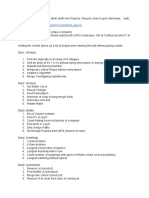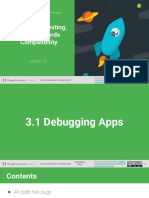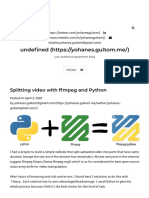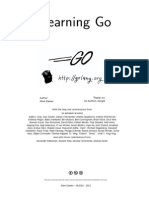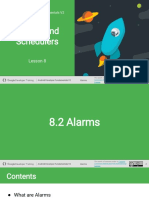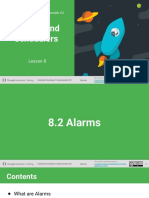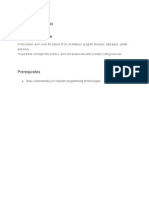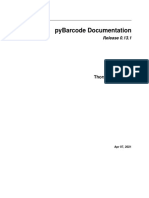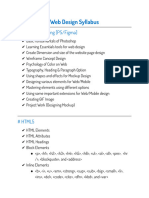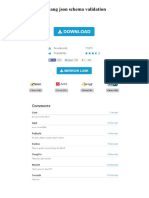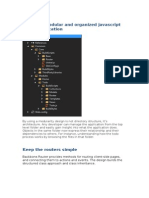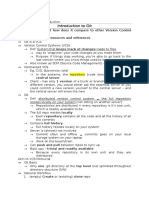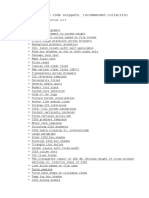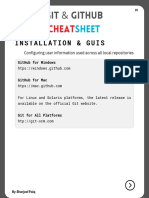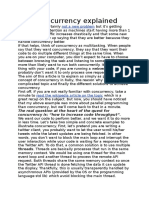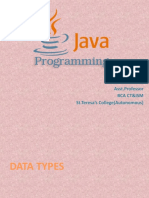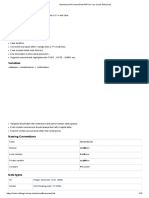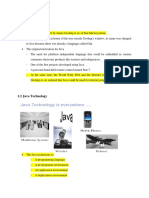0% found this document useful (0 votes)
123 views102 pagesGolang
The document discusses Go, an open source programming language. It provides an introduction and overview of Go, including its history, basic syntax, variables, functions, and arrays. The document also includes exercises for readers to practice the concepts covered.
Uploaded by
Luis Hernando Valdivieso SuarezCopyright
© © All Rights Reserved
We take content rights seriously. If you suspect this is your content, claim it here.
Available Formats
Download as PDF, TXT or read online on Scribd
0% found this document useful (0 votes)
123 views102 pagesGolang
The document discusses Go, an open source programming language. It provides an introduction and overview of Go, including its history, basic syntax, variables, functions, and arrays. The document also includes exercises for readers to practice the concepts covered.
Uploaded by
Luis Hernando Valdivieso SuarezCopyright
© © All Rights Reserved
We take content rights seriously. If you suspect this is your content, claim it here.
Available Formats
Download as PDF, TXT or read online on Scribd
/ 102







